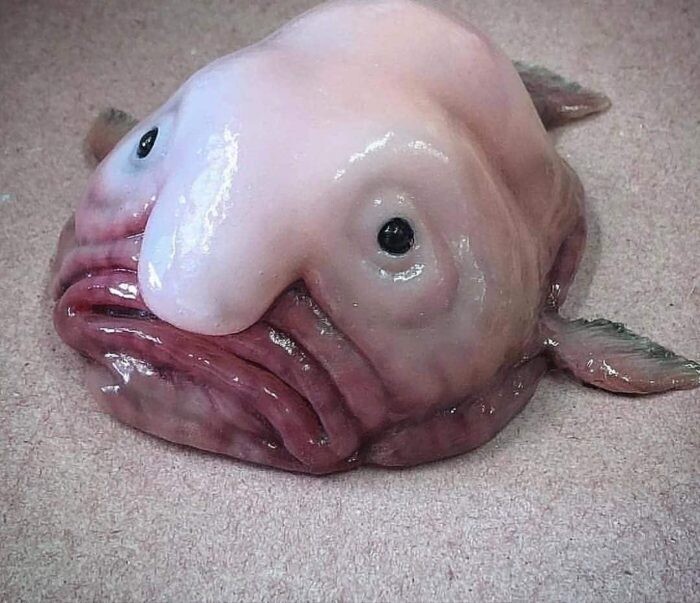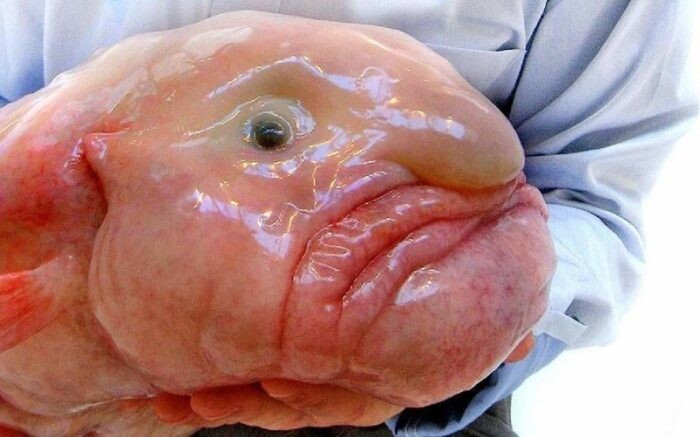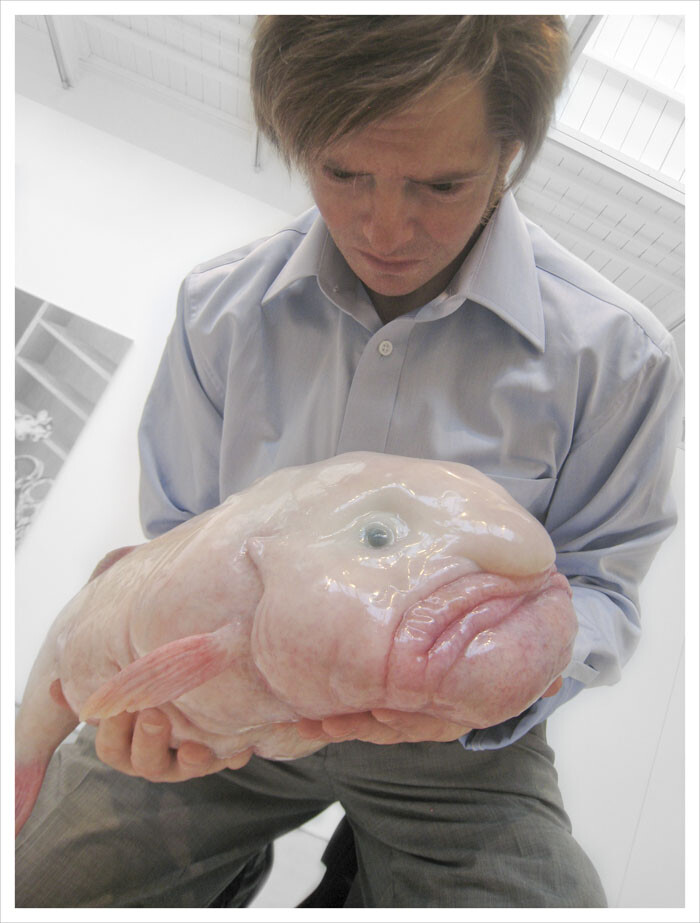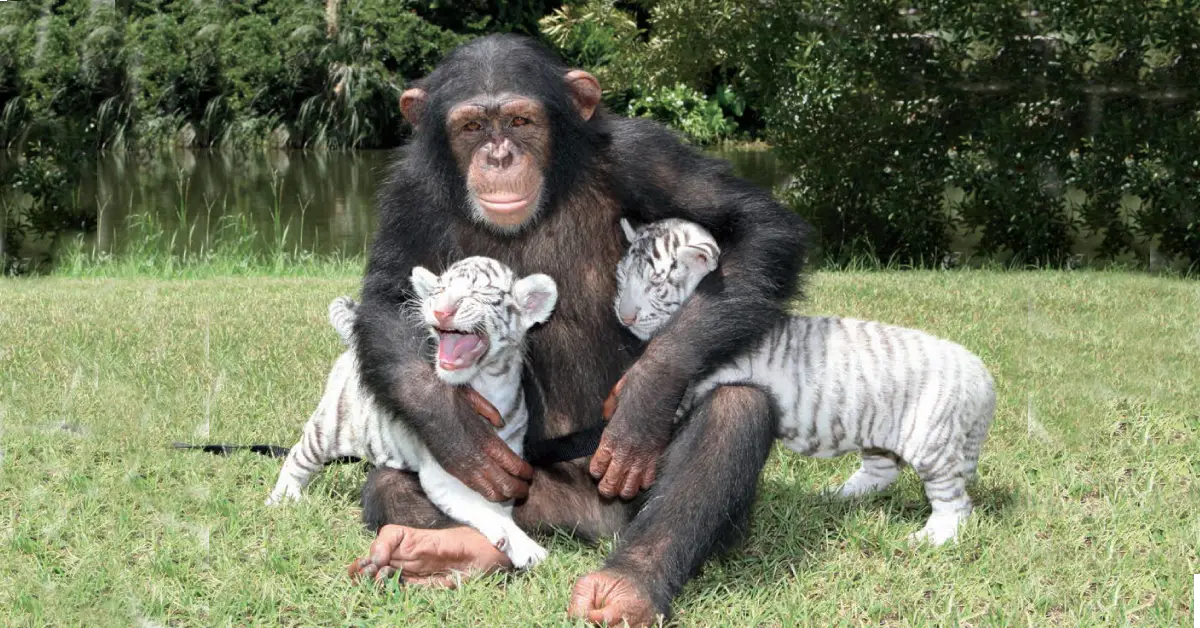It’s that time again, when the whole world gathers together to pick up the Blobfish.
Yesterday, after the votes were cast and tallied, the Blobfish was deemed the world’s ugliest animal. The runoff was led by the Ugly Animal Preservation Society.

The Society was looking for a mascot, an ugly mascot, a champion for all the animals out there whose unappealing visages garner them less support than their cute and cuddly brethren. As the Society says: “The panda gets too much attention.”
But though the cause may be noble, we think the world was too hard on our friend the blobfish (or, if you want to call him by his proper name—and really, he’d prefer it if you would!—Psychrolutes marcidus).

Honestly, we think that droopy blobfish up there is actually holding up alright considering everything it’s been through. Psychrolutes marcidus are deep water fish that live off the coast of Australia, somewhere between 2,000 and 4,000 feet beneath the waves. Down there, the pressure is up to 120 times higher than it is at the surface. You wouldn’t want to be down there without an intense submarine. And, likewise, the blobfish really doesn’t like being up here.
Many fish have something called a swim bladder, sacs of air in their body that help them move around and stay buoyant. When you take fish with swim bladders out of their natural habitats, that air sac “may expand when they rise. Because of the expansion of their air sac, there is a risk that their insides will be pushed out through their mouth, thereby killing them.” (Emphasis added.)

See what we mean about the blobfish doing okay?
The blobfish doesn’t have a swim bladder, so its stomach got to stay inside its body. But that doesn’t mean it’s holding up well in the atmosphere. The blobfish doesn’t really have a skeleton, and it doesn’t really have any muscle. So, up here, it’s saggy and droopy. But without this particular makeup, down at depth, it’d be dead.
Henry Reich for Minute Earth: “Unlike most other fish, the ones that live in these depths don’t have gas-filled cavities like swim bladders that would collapse under the extreme pressure. In fact, super-deep water fish often have minimal skeletons and jelly-like flesh, because the only way to combat the extreme pressure of deep water is to have water as your structural support.”
So why do we think the world is too hard on the blobfish? Because if we put you 4,000 feet below the water your organs would be crushed and you’d probably be turned into some sort of paste. Meanwhile, the blobfish would just look like… well… a fish.





